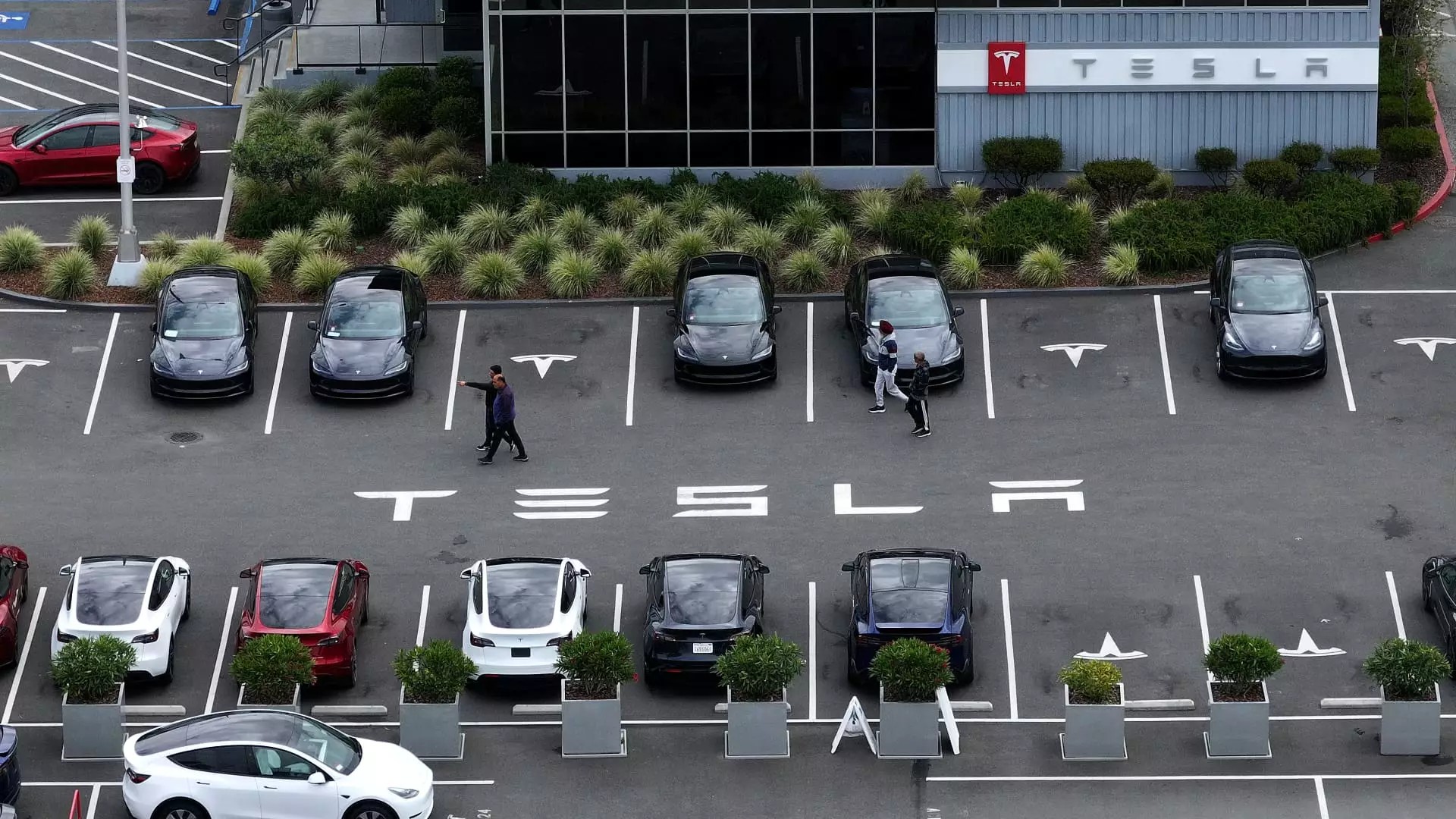Recently, Tesla announced that it would be cutting approximately 600 more employees from its manufacturing facilities and engineering offices in California. These job cuts spanned a wide range of positions, from entry-level roles to directors, and affected various departments such as factory workers, software developers, and robotics engineers. This move was part of Tesla’s ongoing restructuring efforts in response to weakening demand for its electric vehicles and increased competition in the market.
The layoffs at Tesla have major ramifications for both the employees who have lost their jobs and the company as a whole. With over 6,300 job cuts across different locations, including Fremont, Palo Alto, and Buffalo, Tesla is facing significant workforce reductions. CEO Elon Musk’s decision to trim the global workforce by more than 10% reflects the company’s strategy to address inefficiencies that have built up over the years. The impact of these layoffs extends beyond just the numbers, as they also reflect the changing landscape of the electric vehicle industry.
Tesla’s decision to downsize comes at a challenging time for the company. Declining demand for older models like the Model S and X, as well as increased competition from companies like Xiaomi and Nio in markets like China, have put pressure on Tesla’s sales and revenue. The decrease in total deliveries in the first quarter, coupled with a drop in stock price, highlights the obstacles that Tesla is currently facing in the market. Musk’s efforts to shift investor focus towards self-driving software and other innovations indicate Tesla’s commitment to staying ahead in the rapidly evolving electric vehicle industry.
Despite the recent layoffs, Tesla remains focused on pushing the boundaries of innovation in the EV sector. The company’s emphasis on developing self-driving software, robotaxis, and even a humanoid robot showcases its ambitious vision for the future. While challenges persist in delivering fully functional self-driving capabilities, Tesla’s commitment to driving technological advancements remains at the core of its operations.
As Tesla navigates the aftermath of the layoffs and strives to maintain its market position, the company is also making strategic moves to optimize its operations. The decision to rehire some members of the Supercharger team after initially cutting them demonstrates Tesla’s adaptability in response to changing market dynamics. Musk’s rehiring strategy, reminiscent of his actions at Twitter, reflects a proactive approach to addressing operational needs and ensuring long-term growth.
The recent layoffs at Tesla signal a pivotal moment in the company’s evolution. While the workforce reductions may bring short-term challenges, they also present opportunities for Tesla to streamline its operations, refocus on innovation, and position itself for long-term success in the competitive electric vehicle market. By adapting to changing market conditions and leveraging its technological strengths, Tesla can emerge from this transition phase stronger and more resilient than ever before.


Leave a Reply